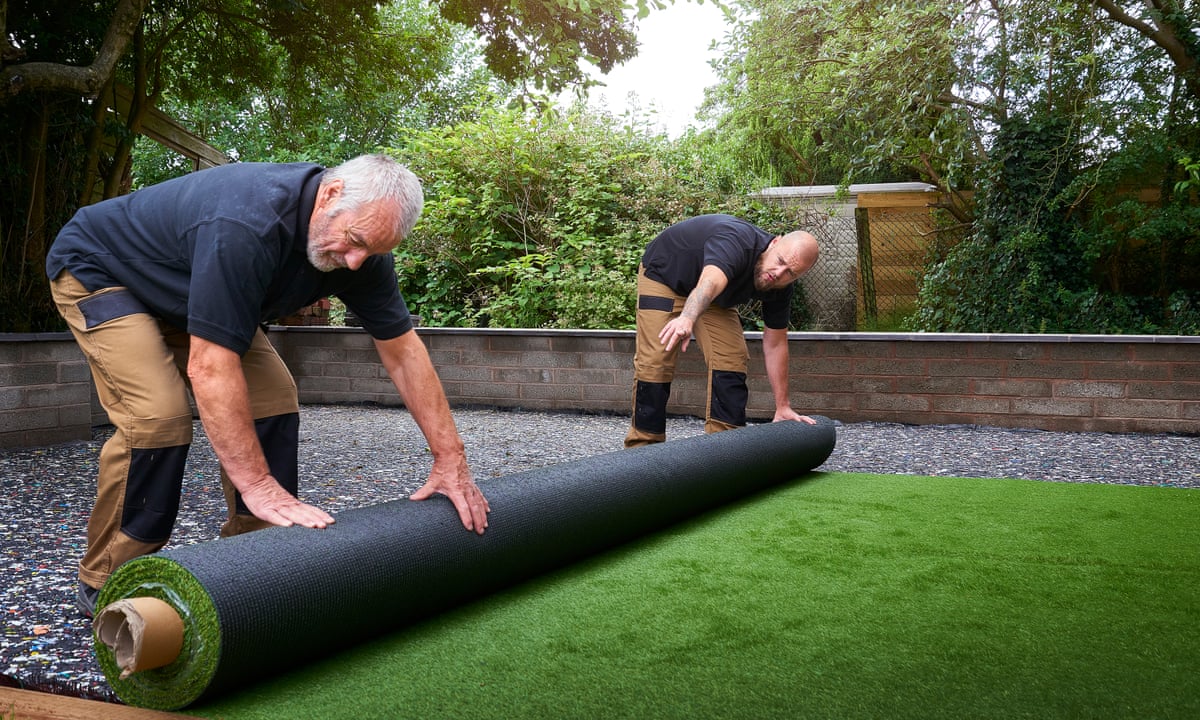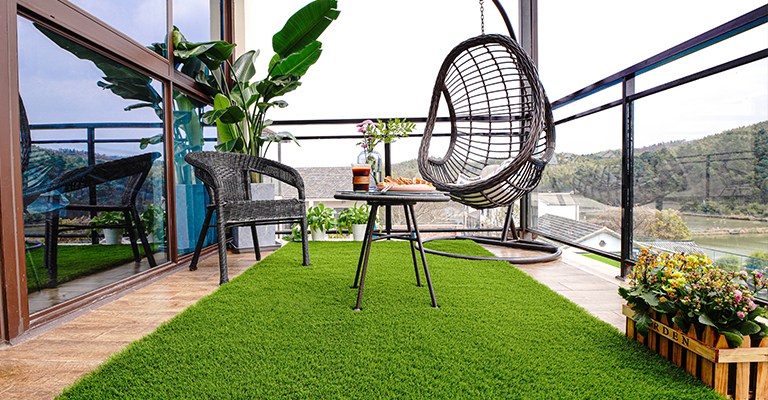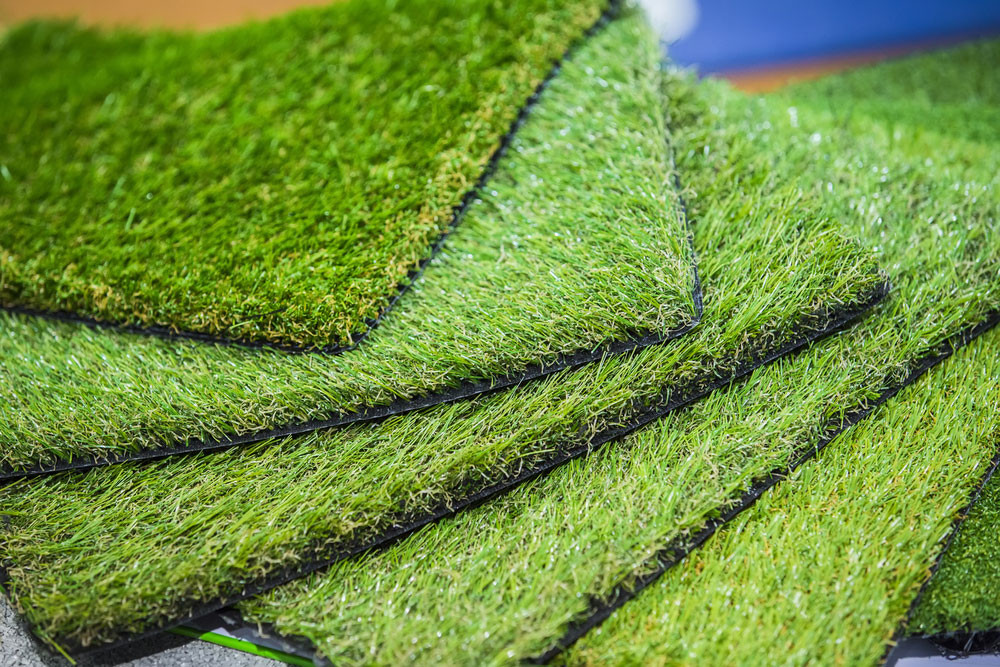Skilled Arizona Turf Installation Services for Residential and Commercial Use
Skilled Arizona Turf Installation Services for Residential and Commercial Use
Blog Article
Explore the Environmental Conveniences of Opting for Synthetic Grass Solutions
The fostering of man-made grass solutions offers a compelling opportunity to address pressing ecological obstacles. By considerably decreasing water use and lessening the application of unsafe chemicals, these choices not only promote sustainable landscape design however additionally shield regional environments. The reduced carbon impact associated with reduced maintenance activities contributes to a much more sustainable technique to land management. Nevertheless, the implications of these advantages extend past mere conservation initiatives, questioning regarding their long-lasting effect on habitat conservation and general environmental equilibrium. Exploring these measurements discloses a complex interplay worth thinking about.
Water Preservation Conveniences
One of the most substantial advantages of man-made grass is its capability to conserve water. In comparison, synthetic turf does not require watering, considerably reducing the overall need for water resources.
By removing the requirement for normal watering, man-made grass adds to lasting landscape methods and aids mitigate the ecological impact of too much water consumption. The preservation of water expands to the decrease of overflow, which can lead to soil erosion and river air pollution.
In addition, the setup of synthetic turf allows property owners and municipalities to allot water resources more successfully, concentrating on crucial uses such as drinking water and farming. The change in the direction of synthetic grass not just promotes liable water usage but also lines up with broader environmental goals focused on protecting natural resources.
As neighborhoods progressively prioritize sustainability, the water preservation benefits of synthetic grass present a compelling case for its fostering in business and property landscaping jobs.
Decreased Chemical Use
The transition to synthetic turf dramatically lowers the dependence on chemical therapies generally used in all-natural lawn upkeep. Traditional lawn administration usually involves the application of pesticides, fertilizers, and herbicides to advertise development and control parasites. These chemicals can present dangers to human wellness, local wildlife, and the environment, adding to soil and water contamination.
In contrast, fabricated grass removes the need for these unsafe materials. When installed, it needs marginal upkeep, mostly containing routine cleansing and irregular infill replenishment. This decrease in chemical usage not only profits the instant atmosphere however also adds to wider environmental stability. By lessening the release of artificial compounds into the ecological community, fabricated grass advertises much healthier dirt and water systems.
In addition, the absence of chemical drainage connected with synthetic turf installments helps safeguard neighborhood waterways from contamination, sustaining aquatic life and keeping biodiversity. Phoenix turf companies. As communities progressively focus on sustainable techniques, selecting synthetic grass offers a practical remedy that aligns with environmental conservation goals. Via this shift, property owners can take pleasure in lavish green areas without endangering eco-friendly health, paving the method for an extra lasting future
Reduced Carbon Impact

Furthermore, the setup of fabricated turf can lead to significant water preservation. Natural lawns call for considerable quantities of water for watering, which not just includes to the carbon footprint linked with water extraction and treatment however likewise strains regional water resources. In comparison, synthetic grass needs marginal upkeep, calling for no watering, therefore considerably minimizing water usage and its connected energy expenses.
Additionally, the longevity of synthetic grass adds to its reduced carbon impact. With a lifespan of up to 15 years or even more, the demand for constant substitutes is reduced, leading to much less waste and lower energy consumption in production and taking care of typical grass choices. On the whole, synthetic grass provides a sustainable option for environmentally aware landscape design.
Habitat Preservation
Environment conservation is an important consideration in the discussion over landscape design options, particularly when contrasting synthetic grass to natural grass. All-natural lawn lawns often require extensive upkeep, including using pesticides, herbicides, and fertilizers, which can negatively impact neighborhood ecosystems. These chemicals can seep right into the dirt and waterways, damaging native vegetation and fauna and disrupting local habitats.
On the other hand, synthetic grass presents a chance to minimize the environmental footprint of landscape design. By going with artificial turf, property owners can minimize the interruption of all-natural environments connected with traditional yard treatment practices. Fabricated turf eliminates the requirement for damaging chemicals, therefore safeguarding neighboring wildlife and preserving the honesty of bordering ecological communities. The installation of man-made grass can lead to the conversion of previous yard locations into more biodiverse landscapes, such as pollinator gardens or native plant areas, which can support regional wildlife.
Ultimately, the transition to synthetic grass not just conserves water and reduces upkeep initiatives yet also fosters an extra unified connection between human tasks and the native environment, advertising environment preservation at the same time.
Long-Term Sustainability
Lasting sustainability is an important variable in assessing the advantages of synthetic grass over standard lawn yards. One of one of the most substantial advantages of artificial turf is its resilience; it can last up to 15-20 years with marginal maintenance, whereas natural turf calls for frequent reseeding and substitute. This durability reduces the demand for continuous recommended you read resources, such as water, plant foods, and pesticides, which are important for keeping a healthy and balanced grass yard.
Furthermore, synthetic grass adds to a reduction in carbon discharges related to grass care tools. Standard lawns usually need gas-powered lawn mowers, trimmers, and blowers, all of which add to air pollution. Turf installation phoenix az. In comparison, synthetic grass removes the requirement for such tools, promoting a cleaner setting
Additionally, the manufacturing of man-made lawn progressively utilizes recycled materials, improving its sustainability account. As suppliers take on eco-friendly methods, the environmental footprint Check This Out of synthetic grass proceeds to diminish.

Conclusion
The fostering of synthetic grass options provides significant ecological advantages, consisting of considerable water conservation, reduced dependence on damaging chemicals, and a reduced carbon impact. Additionally, synthetic grass aids in protecting natural environments by reducing land disruption and promoting long-term sustainability with making use of long lasting materials. Collectively, these aspects emphasize the potential of fabricated turf to add favorably to environmental health and wellness and supply a sensible option to typical landscape design methods in a significantly resource-conscious globe.
In contrast, man-made turf does not require watering, considerably minimizing the total need for water sources. By lessening the launch of artificial substances into the ecosystem, artificial lawn advertises healthier dirt and water systems.
Additionally, the installment of fabricated turf can result in substantial water conservation. In contrast, fabricated lawn requires marginal upkeep, calling for no watering, thus dramatically lowering water use and its linked power prices.

Report this page